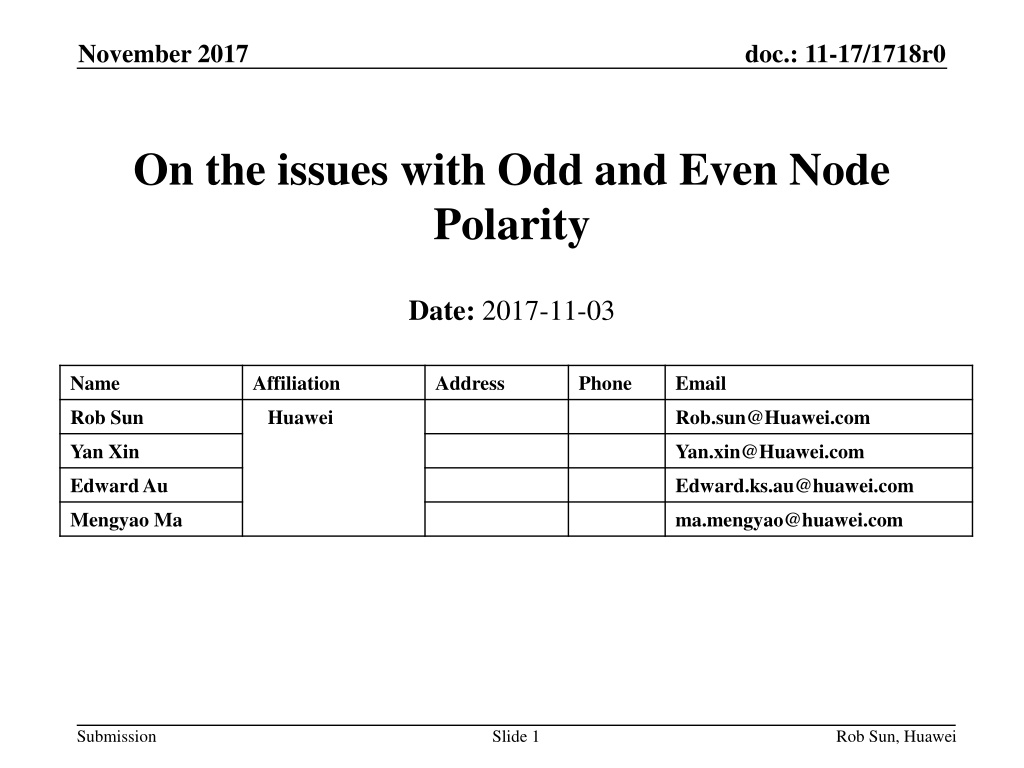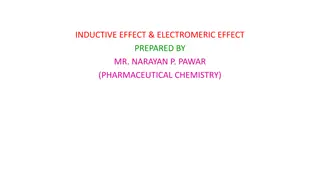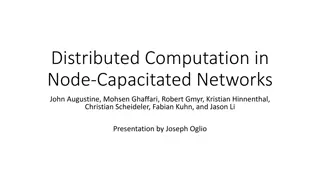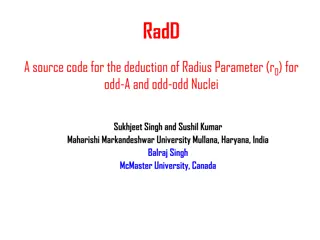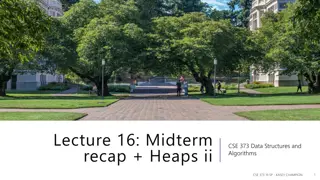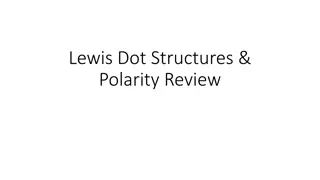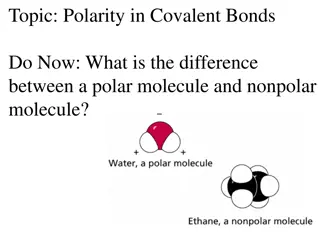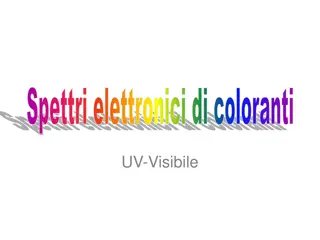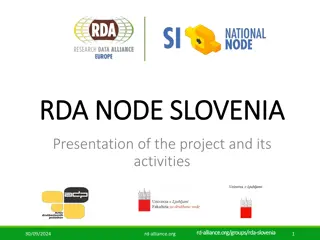on the issues with Odd and Even Node Polarity
FB introduced Odd and Even Node Polarity to enhance TDD sub-frame transmission but faced scalability and efficiency challenges. Learn about Sinking Hole Problem and solutions to mitigate interference issues in large networks.
Download Presentation

Please find below an Image/Link to download the presentation.
The content on the website is provided AS IS for your information and personal use only. It may not be sold, licensed, or shared on other websites without obtaining consent from the author.If you encounter any issues during the download, it is possible that the publisher has removed the file from their server.
You are allowed to download the files provided on this website for personal or commercial use, subject to the condition that they are used lawfully. All files are the property of their respective owners.
The content on the website is provided AS IS for your information and personal use only. It may not be sold, licensed, or shared on other websites without obtaining consent from the author.
E N D
Presentation Transcript
November 2017 doc.: 11-17/1718r0 On the issues with Odd and Even Node Polarity Date: 2017-11-03 Name Affiliation Address Phone Email Rob Sun Huawei Rob.sun@Huawei.com Yan Xin Yan.xin@Huawei.com Edward Au Edward.ks.au@huawei.com Mengyao Ma ma.mengyao@huawei.com Submission Slide 1 Rob Sun, Huawei
November 2017 doc.: 11-17/1718r0 Motivations FB introduces the Odd and Even Node Polarity in [1] which defines the transmission pattern between DNs and CNs in the TDD sub-frames. The benefits are to improve the overall capacity and potentially reduce the interference. However, we found this Odd and Even Node have the scalability and efficiency problem. Sinking Hole Problem (SHP) Uneven Traffic Problem (UTP) Submission Slide 2 Rob Sun, Huawei
November 2017 doc.: 11-17/1718r0 Precursory Assumptions All the DNs and CNs are within the same BSS. Each DN cannot receive multiple streams from different DNs simultaneously. Realistically, Interference Cancellation is a hard problem. Submission Slide 3 Rob Sun, Huawei
September 2016 doc.: 11-17/1718r0 Submission Slide 4 Intel Corporation
November 2017 doc.: 11-17/1718r0 Problem Illustration (First TDD period) E 1) Link DN1 DN2 could be interfered from DN3 (inter-DN interference) 2) Link DN3-DN2 could also be interfered from DN1 (inter-DN interference) CN0 E CN1 E O E O DN1 DN3 DN2 DN0 CN2 O CN3 First TDD Sub-frame O DN1 CN2 DN1 CN3 DN1 DN0 Simultaneous DN3 DN2 CN0 DN0 CN1 DN0 DN1 DN2 Submission Slide 5 Rob Sun, Huawei
November 2017 doc.: 11-17/1718r0 Problem Illustration (Second TDD period) E 1) Link DN2 DN1 could be interfered by DN0 (inter-DN interference) 2) Link DN0 DN1 could also be interfered by DN2 (inter-DN interference) CN0 E CN1 E O E O DN1 DN3 DN2 DN0 CN2 O CN3 O O Second TDD Sub-frame DN0 CN0 DN0 CN1 DN0 DN1 Simultaneous DN2 DN3 CN0 DN1 CN1 DN1 DN2 DN1 Submission Slide 6 Rob Sun, Huawei
November 2017 doc.: 11-17/1718r0 The Sinking Hole Problem (SHP) Due to the Odd and Even Node polarity settings and the inter-node interference, the Link between DN1 and DN2 can not be active during the both first and second time slots (SPs) The SHP only applies to the backhaul links. One possible solution to avoid the sinking hole problem is to dedicate the time slots (SPs) for the link between DN1 and DN2. However, the latency will be noticeable. and the scheduling will be complex. To generalized this problem, the Odd and Even Node polarity scheme cannot scale up in large network. Submission Slide 7 Rob Sun, Huawei
November 2017 doc.: 11-17/1718r0 Uneven Traffic Problem (UTP) In this case, we are assuming DN0 is the end DN, DN1/DN2 are intermediate DNs, and DN3 is the portal to internet. Also, we assume the Sinking Hole Problem could be solved. We assume today s traffic is uneven in both directions, i.e 80% of traffic are downlink and 20% of traffic are uplink. We will observe the UTP due to the uneven traffic distribution. Rob Sun, Huawei Submission Slide 8
November 2017 doc.: 11-17/1718r0 Uneven Traffic Problem (UTP) Illustration E CN0 E CN1 DOWNLINK E O E (Portal) O DN1 DN3 DN2 Internet DN0 CN2 O CN3 First TDD Sub-frame O DN1 CN2 DN1 CN3 DN1 DN0 Simultaneous DN3 DN2 CN0 DN0 CN1 DN0 DN1 DN2 Unused Submission Slide 9 Rob Sun, Huawei
October, 2017 doc.: 11-17/1718r0 Uneven traffic problem (UTP) illustration E CN0 E CN1 UPLINK E O E(Portal) O DN1 DN3 DN2 Internet DN0 CN2 O CN3 O O Second TDD Sub-frame DN0 DN1 Unused DN0 CN0 DN0 CN1 Simultaneous Unused CN0 DN1 CN1 DN1 DN2 DN3 DN2 DN1 Rob Sun, Huawei Submission Slide 10
November 2017 doc.: 11-17/1718r0 Potential Solution To UTP Change the rule of Odd and Even polarity setting for DNs links. For instance, the Odd and Even polarity applies ONLY to DN-CN links. The DN-DN links should not follow the Odd and Even polarity settings. Enable each DN to send and receive simultaneously from different sources (new methods/technologies should be introduced). Submission Slide 11 Rob Sun, Huawei
November 2017 doc.: 11-17/1718r0 Potential Solution Illustration (Downlink as Example) E CN0 E CN1 DOWNLINK E O E (Portal) O DN1 DN3 DN2 Internet DN0 CN2 O CN3 First TDD Sub-frame O DN1 CN2 DN1 CN3 DN1 DN0 Simultaneous DN3 DN2 CN0 DN0 CN1 DN0 DN2 DN1 Rob Sun, Huawei Submission Slide 12
November 2017 doc.: 11-17/1718r0 References [1] IEEE 802.11-17/1321r1 Features for mmW Distribution Network Use Case Submission Slide 13 Rob Sun, Huawei
